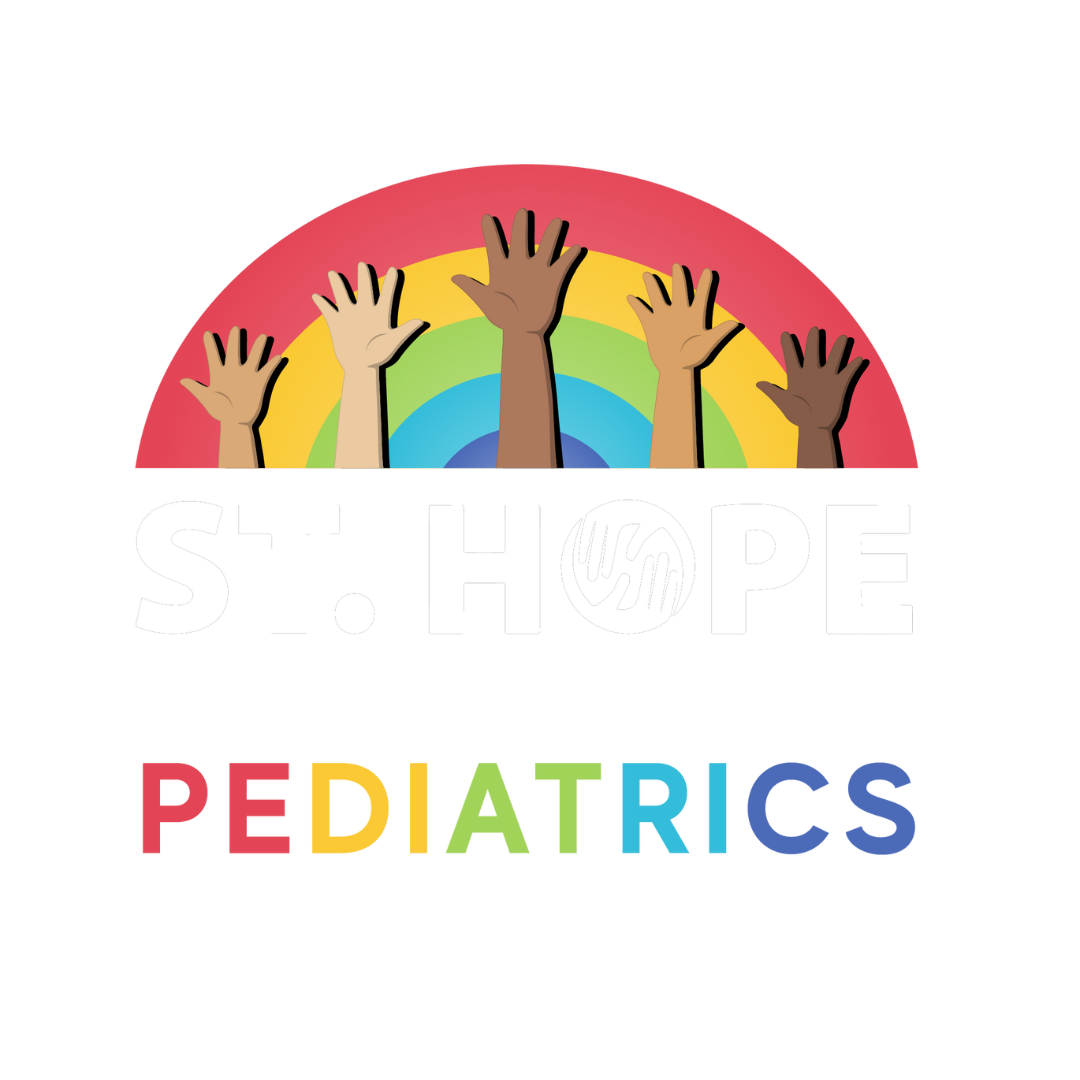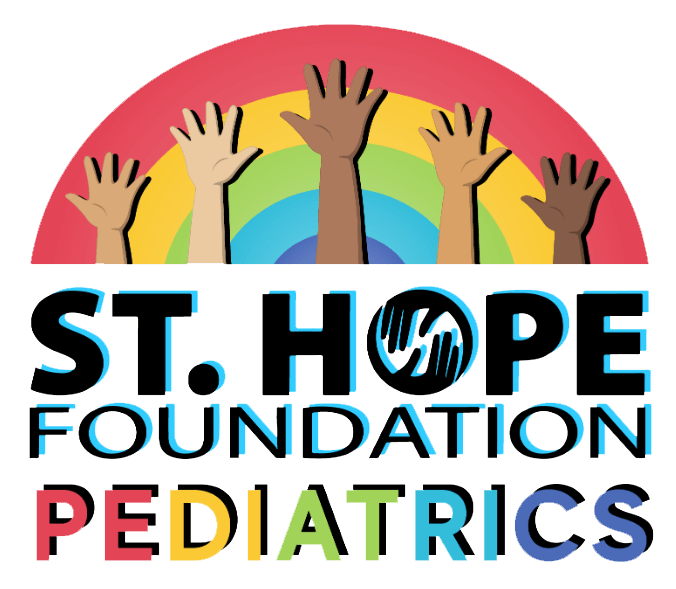Pediatric Vision
Pediatric Optometry & Vision Services in Houston
Eye health is an important aspect of pediatric care. Vision is a vital sense, and undiagnosed vision problems can result in learning difficulties, developmental delays and a reduced quality of life. St. Hope Foundation is dedicated to providing best-in-class pediatric care to families in Houston, and that includes pediatric vision services.
Accurately diagnosing eye problems in children can be challenging. Infants, toddlers and even adolescents may have trouble expressing what they’re experiencing. We can employ diagnostic tests and extensive experience with pediatric vision care to identify problems and provide solutions.
Our Pediatric Vision Services
We can help diagnose and treat an array of common vision issues faced by children, including:
- Nearsightedness, farsightedness and astigmatism
- Strabismus (wandering eyes / crossed eyes)
- Conjunctivitis (pink eye)
- Blocked tear ducts
- Styes
- Amblyopia (lazy eye)
When Should My Child Receive Eye Exams?
Your child should ideally have their vision checked at least twice prior to enrolling in school and then annually once they have entered elementary school. Pediatricians may recommend your child undergo their first eye exam at between six months and 12 months of age and then again at three years of age.
Children diagnosed with vision problems may require more frequent exams.
How Is an Infant or Pediatric Eye Exam Performed?
At a year old or younger, pediatrists can generally only check the shape and physical characteristics of the eye as well as the eye’s ability to focus or react to changes in light levels.
By age three, most children can undergo a traditional vision screening using eye chart tests with pictures and letters. They may also perform a visual acuity test known as the “tumbling E” chart. This chart can help diagnose nearsightedness for preverbal or illiterate pediatric patients. A pediatrist can mimic the shape of the “E” with three or four fingers, at which point the child only needs to identify which direction the “E” shape is pointing.
Parents may be encouraged to practice the test at home prior to the appointment so the child is ready for their eye exam. Older children who are verbal and may be asked to identify familiar objects on a chart (animals, a house, a car, etc.).



